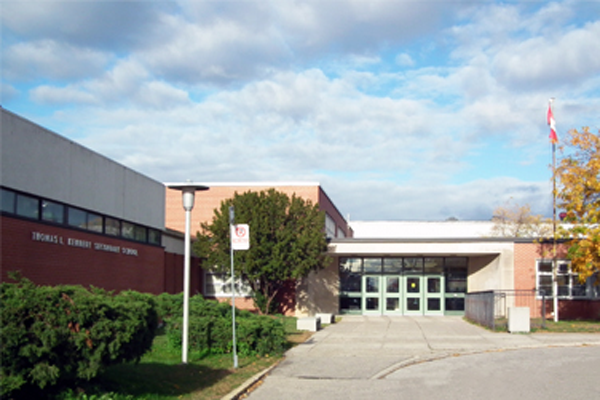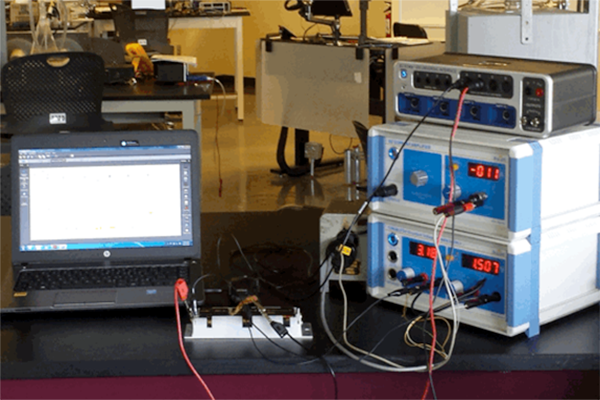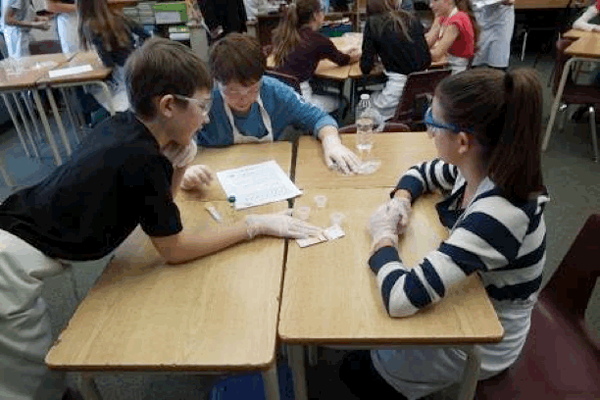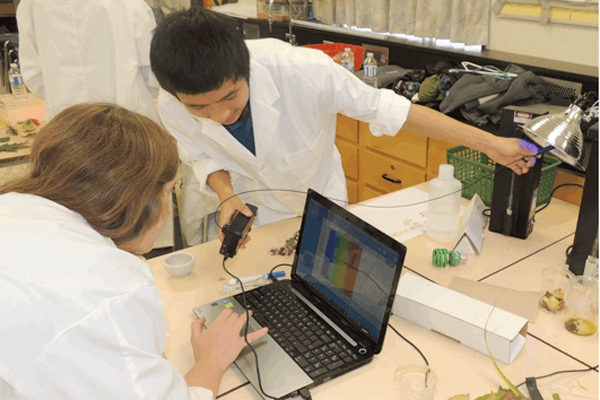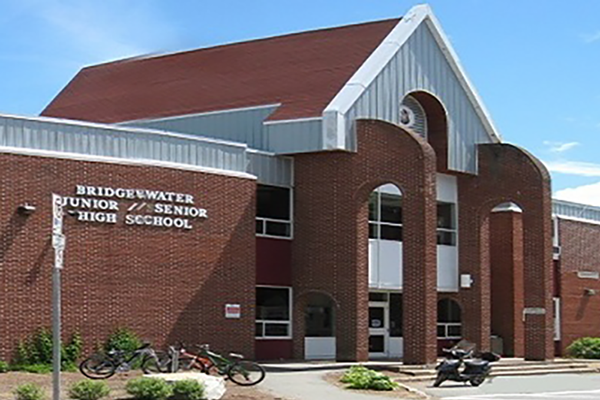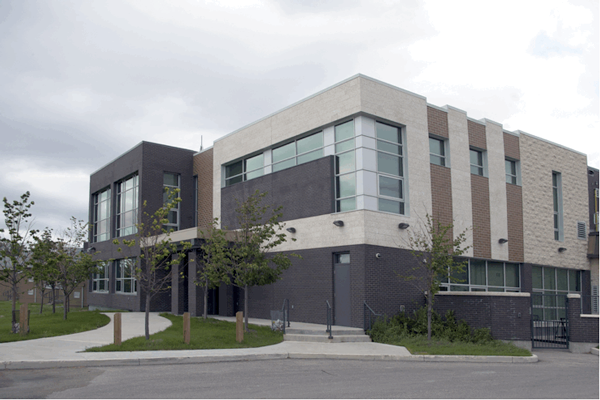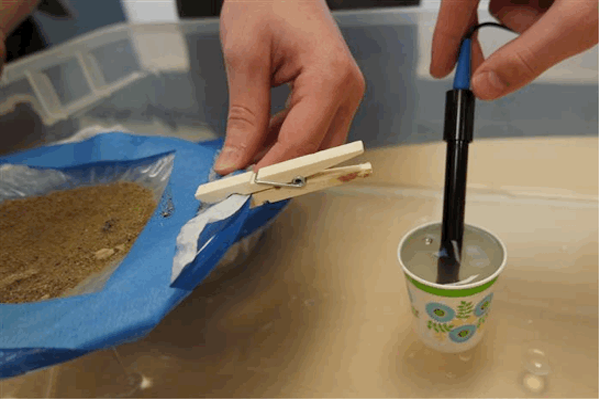A Case for Early Adoption of Technology
Overview
Over 15 Years of Technological Innovation – T.L. Kennedy Secondary School in Mississauga Ontario, is a learning community that encourages academic excellence in learning through communication, collaboration and cultural diversity. Teachers assist a population of aproximately 640 students in acquiring the skills and knowledge that will make them successful learners.
Over 15 years ago, the school started out using PASCO’s Science Workshop equipment (mainly motion sensors) along with Data Studio software. As the years passed and technology improved, they adopted the PASPORT interfaces and corresponding sensors.
Today, students enjoy access to a school-wide SPARKvue software site license. In addition, the school also has one copy of Capstone software for advanced physics applications. Rob Vucic – the Curricular Head of Math and Science – explains how the PASCO sensors are used at his school. “We have a mobile windows tablet lab that runs SPARKvue software. Those tablets connect via USB interfaces to a variety of sensors including: motion and acceleration sensors, force sensors for physics, and the temperature, pressure and pH sensors for chemistry.
Investigation
Rob likes approaching the concepts that students are studying in either a ‘discover or confirm’ process. “I might use some guiding questions and have the students do the ‘walk the graph activity’ with a motion sensor – with questions like ‘How did you know when to stay still?’ or ‘How did you know which way or how quickly to move?’ Students will build their own knowledge of physics quantities that way.
I have a visual accelerometer that I use to discuss and show the direction of acceleration in circular motion. This is visually very effective. Meanwhile, our chemistry program involves students confirming gas laws or getting actual titration curves. Once again this approach brings a connection between what they learn while providing them with a practical hands-on opportunity.”
Outcome
The students at T.L. Kennedy enjoy tremendous success with this experiential learning. According to Rob, he has witnessed some striking outcomes when his students use PASCO probeware. “I might use a force sensor and slide a textbook across a surface to discover what factors affect friction. Students operate the software and help me with the experiment. We come away with a collaboratively designed note.
I might also use sensors to confirm an idea like momentum conservation in a linear elastic collision. This time, I would use photogates and the Capstone software to collect the information and have the students do their own inquiry with calculations to see if momentum is indeed conserved and because it isn’t perfect, there must be an external force acting on the system.
This leads them to thinking about friction. The laws we talk about are now something tangible and measurable, confirmed by the students with real equipment. In this situation, students also ask ‘What if we change some aspect?’ What is nice, is that I can say, ‘Go ahead and try that and see what happens’.”
T.L. Kennedy – early adopters of technology
PASCO Products
- Sparkvue Software PS-2400
- Capstone Software UI-5401
- MatchGraph! – FREE
- Motion Sensor PS-2103A
- Acceleration Sensor PS-3202
- Force Sensor PS-3202 / PS-2104
- Temperature Sensor PS-3201 / PS-2125
- Pressure Sensor PS-3203
- pH Sensor PS-3204 / PS-2102

